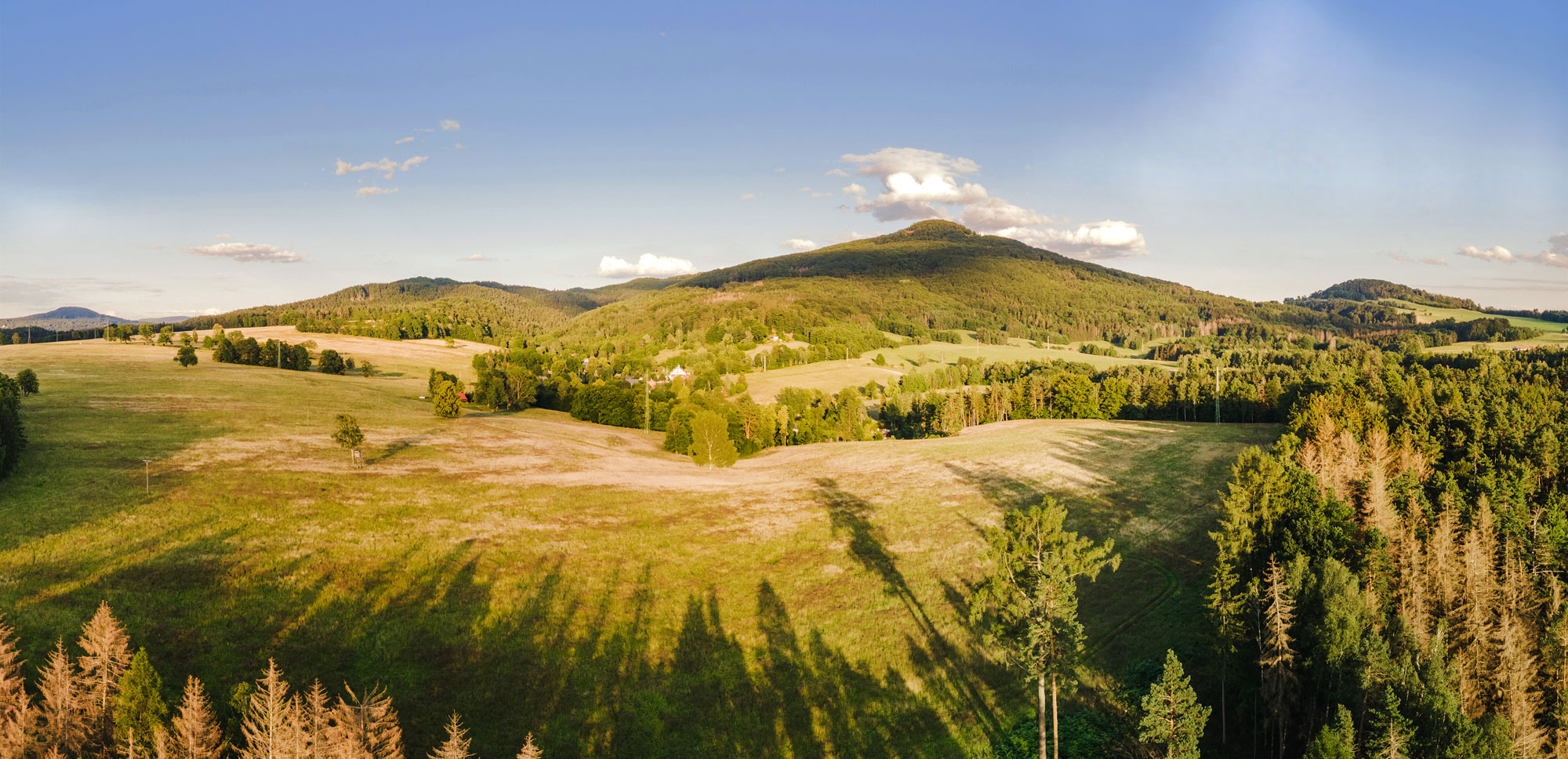


Woodland has always been a resource, landscape, and a projection screen. With consequences.
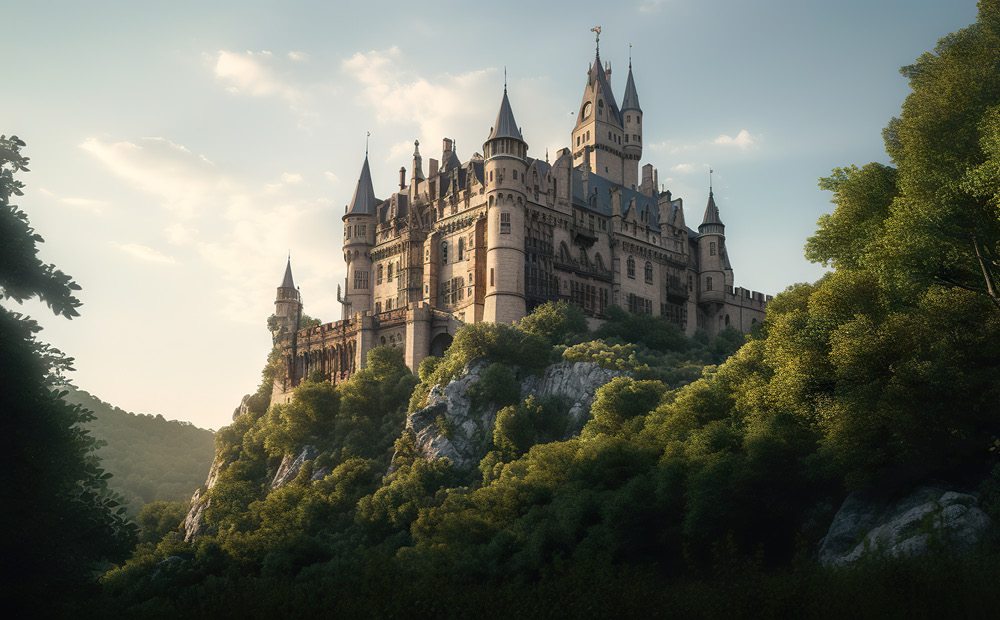
Central Europe was covered by primeval forests and marshland, which increasingly had to make room for humans already in ancient times but now also in the Middle Ages. Once dense forests, marshy areas, and branching rivers were cleared, drained, and straightened. Villages and towns in the area of what is Germany today have a massive need for wood. As a consequence, only 26% of the area is covered by woodlands around 1400 compared to over 95% once.
Europe has been almost deforested by agriculture as well as war economy. Justified by the belief that nature is subject to the will of humans. It is the fears of humans that protect the forest. They believe in witches and beasts living in the dense forest, which is why they avoid it as long as they can. These fears and a decrease in population during the Little Ice Age after the High Middle Ages have saved the European forests.
Nations conquer entire continents, machines are running. And the forests are suffering.
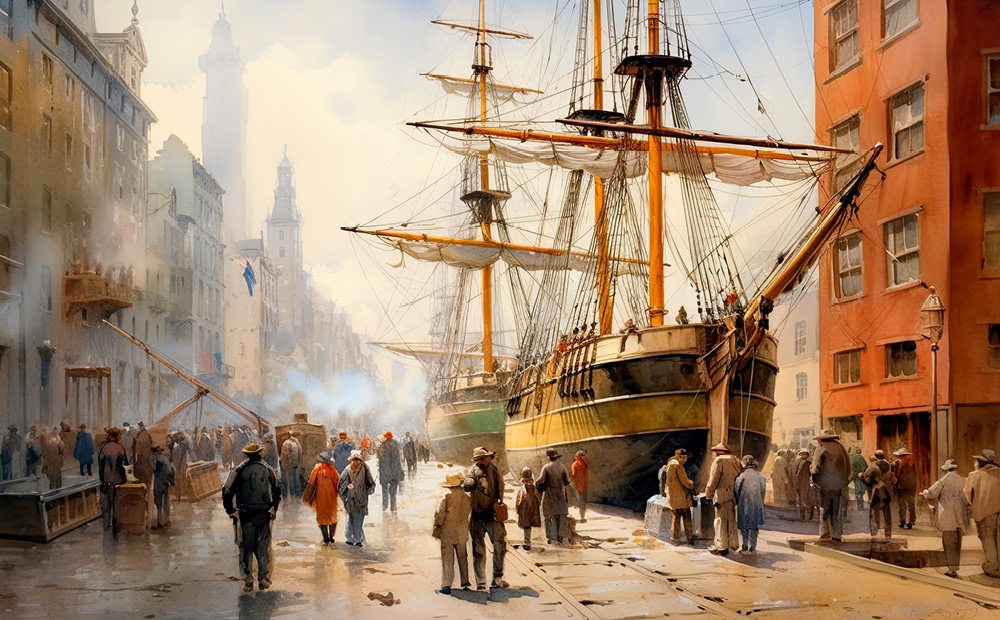
Starting in the 17th century, globalization necessitated colonial fleets which were built from wood. People also needed wood to cook and build with it. And animals were also driven to the forests to graze these areas, causing long-lasting destruction. Not until the 18th century, people in Europe started to pull the emergency brake. The emerging industrialization created a huge demand for coal, wood, iron and steel which slowly but steadily brings Europe to the brink of the ecological collapse. In a growing number of industrial cities, the air is shrouded in poisonous, thick fog and the forests are shrinking at an unprecedented pace until 1950. As early as in the Middle Ages, philosophers and theologians had ideas of reforestation and nature conservation. These ideas are now becoming increasingly important in the face of vast new industrial sites.
Global fleets, blast furnaces and the like continue to destroy the forests. And the romantic period begins.
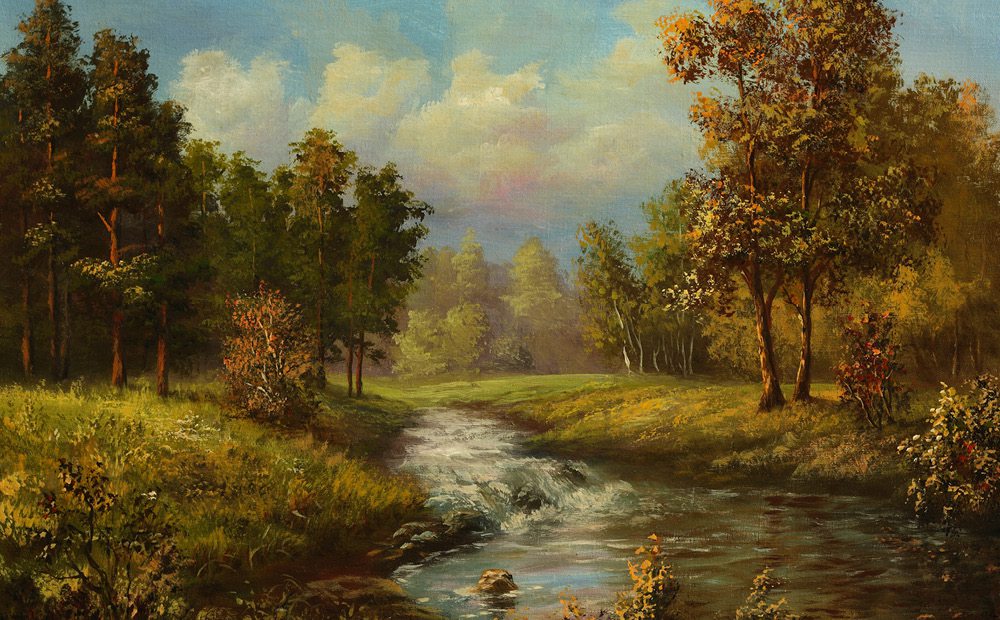
Centuries of forest clearing and farming for human settlement, cooking, building but also for war economy, shipbuilding and the advancing industrialization have taken their toll. By the 19th century, the area of what is Germany today had reached its all-time-low in forest resources. Romanticism conveyed a fairytale-like image of the forests – many of today’s ideas about the forest have their origin in this period. When the forests had practically disappeared, they were idealized. An image that has shaped the way we see them until today and has led the society love and protect their forests. A new concept was the foundation of modern forestry: Sustainability. Only as much wood is taken as can be reforested. Unfortunately, only fast-growing tree species are planted in columns that are always the same. Not necessarily good ecologically but rather economically viable.
Forests are at the tipping point, humans come to understand. New awareness saves many a forest.

The 1960s see the birth of new environmental movements and the introduction of new conceptions of the world. Romanticists became free thinking hippies, conscientious forest scientists and enthusiastic nature lovers. Additionally, a couple of chemical accidents and a reactor accident have raised the awareness of the society. The term “Waldsterben” (Dying Forests) is doing the rounds in Germany and innovative plans to save the forests are put into circulation. For the first time ever, a new era dawns in which scientists and researchers begin to see through the eyes of the forest what is healthy and sustainable for the forests. A small revolution that has started to bear fruits until today.
DATAGROUP was founded and has shaped the IT landscape.
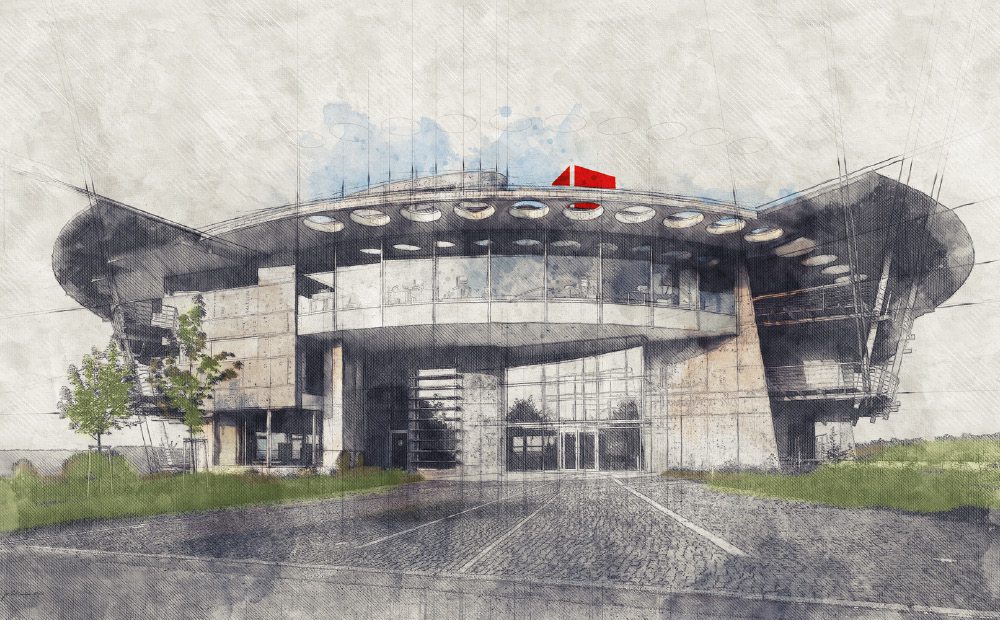
The year 1983 in which DATAGROUP was founded marks the start of another evolution which bears fruit until today. Innovative technology, just a playground for nerds at first, shakes up our society and our economy – DATAGROUP is a pioneer. And Max H.-H. Schaber, the company’s founder, builds one of the first ever fully ecological office buildings. With natural construction methods that make radiators redundant and protect the environment. DATAGROUP is one of the driving forces in the development of digital solutions in Germany and offers more and more networked solutions. Forestry has found out that the forest also has a network of roots and fungi. This is the origin of the term Wood Wide Web.
Wind and weather reveal ailing forests. Today’s area for the Forest of the Future is taking shape at that time.
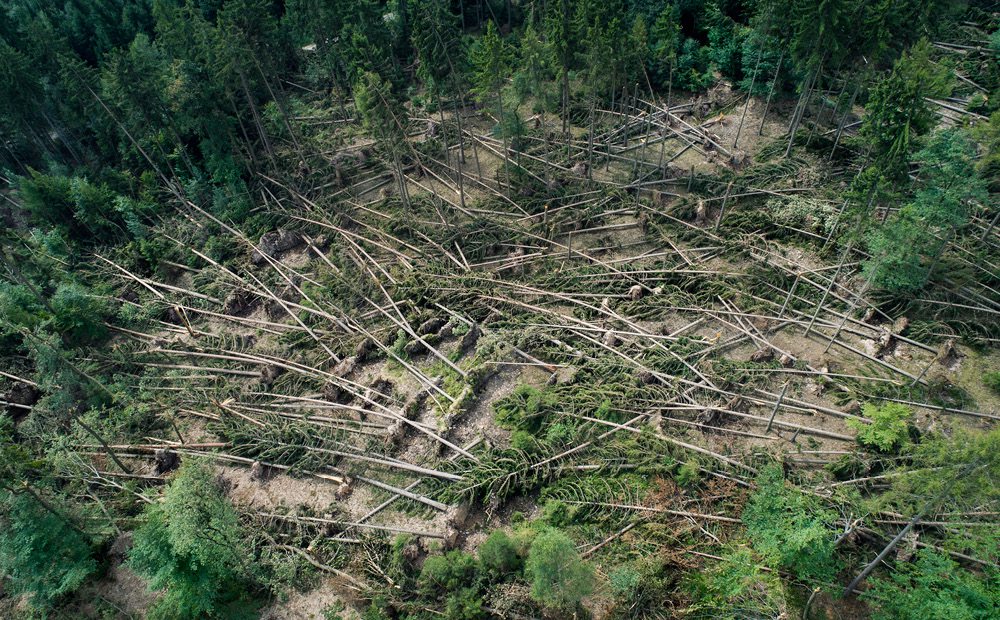
Hurricane Lothar plowed through the forests in 1999 and left an aisle which will serve as an area for the DATAGROUP FOREST. Lothar continued the destruction which has started nine years before, when hurricane Wiebke had raged: A picture of devastation throughout the Black Forest. The two hurricanes are disastrous – not only in the Black Forest, but the whole of Germany is shocked by the force that nature can have.
Contrary to romanticism: The animals of the forest can be a part of the problem.
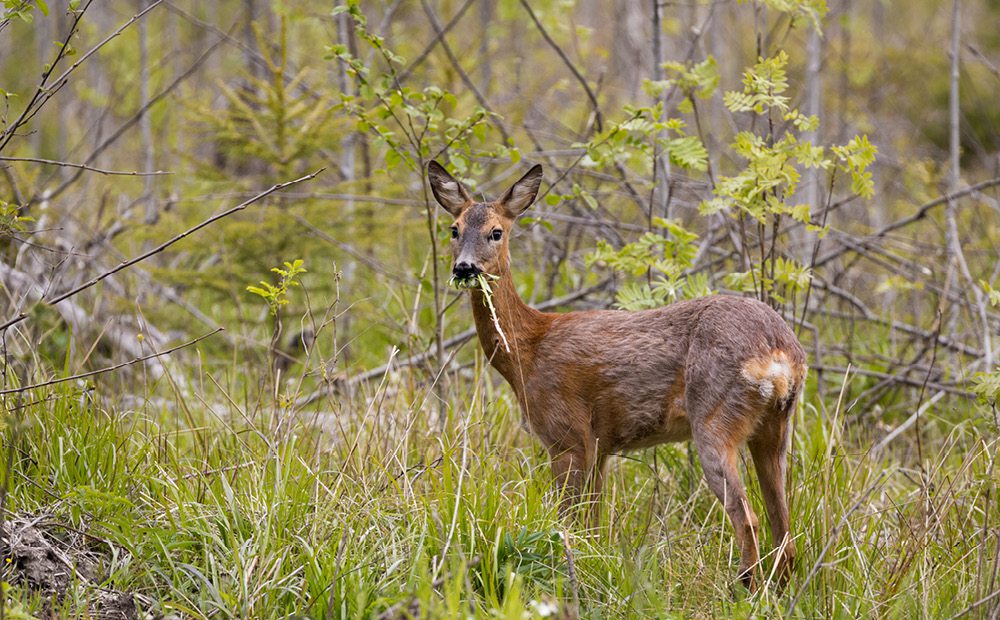
Storms and climate change have led to the area on which the Forest of the Future will thrive. Having a feast with the young seedlings, the animals of the forest prevent that the following natural generations can establish in the forest. Deer prefers to feed on the tree species which are important in the Forest of the Future. An excessive number of wild stock leads to species-poor spruce and beech monocultures. It becomes obvious: Nature conservation is a complex task.
The Forest of the Future is meant to give us hope, and we are not alone.
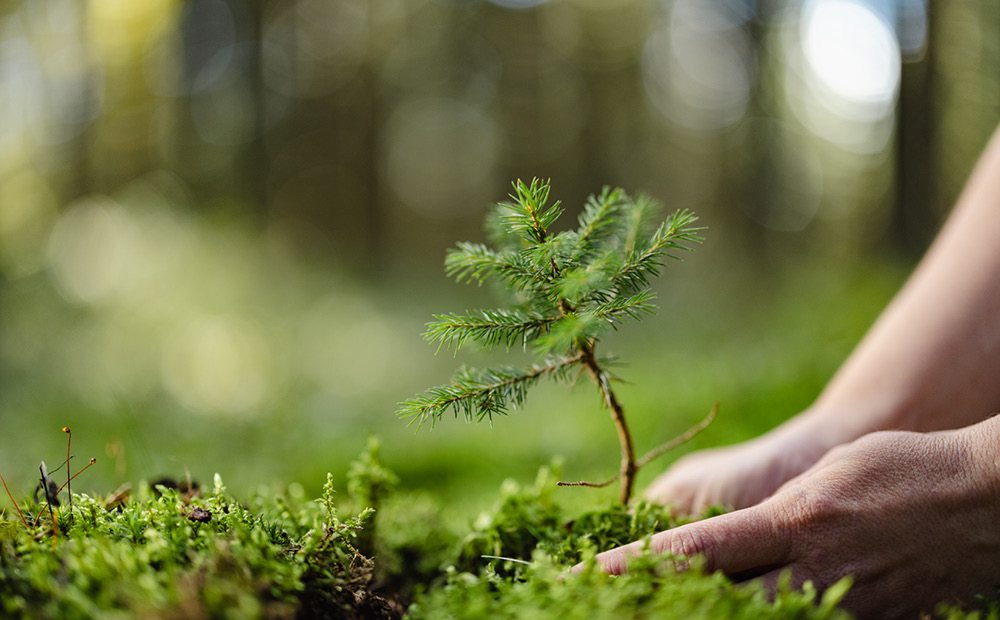
This is the start of a complex and elaborate but rewarding project. Joining forces with ForstBW, the “DATAGROUP FOREST” will be planned and implemented. It is now 40 years ago when the company was founded. The topic “Waldsterben” was featured in many newspapers at that time. A lot has happened since then. The forests are preserved and nurtured, for instance by better air pollution control. Still there are always new challenges on the horizon.
The Forest of the Future is an ambitious project and our way of saying thank you.
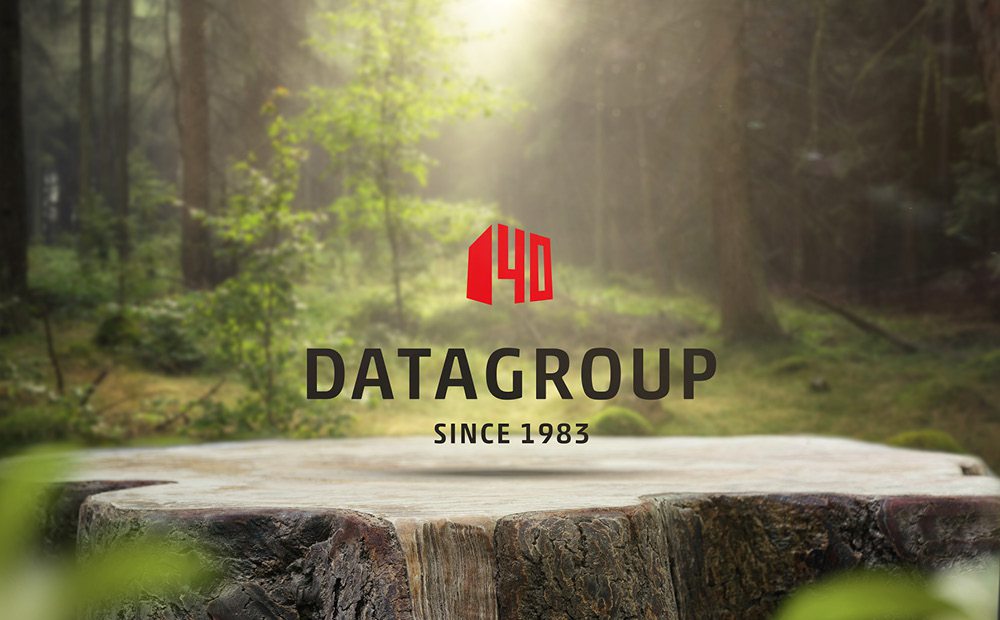
DATAGROUP is also in a continuous state of development since its foundation 40 years ago and is well-positioned for sustainable growth. This is reason enough to contribute something to society for our anniversary. The aim of “DATAGROUP FOREST” is to create a Forest of the Future in the “Hirschkopf” forest district. This forest is allowed to thrive and prosper in the long term. It will evolve to become a healthy and diverse mixed forest.
We are already dreaming of a successful project course. And we will be working on it together with you.
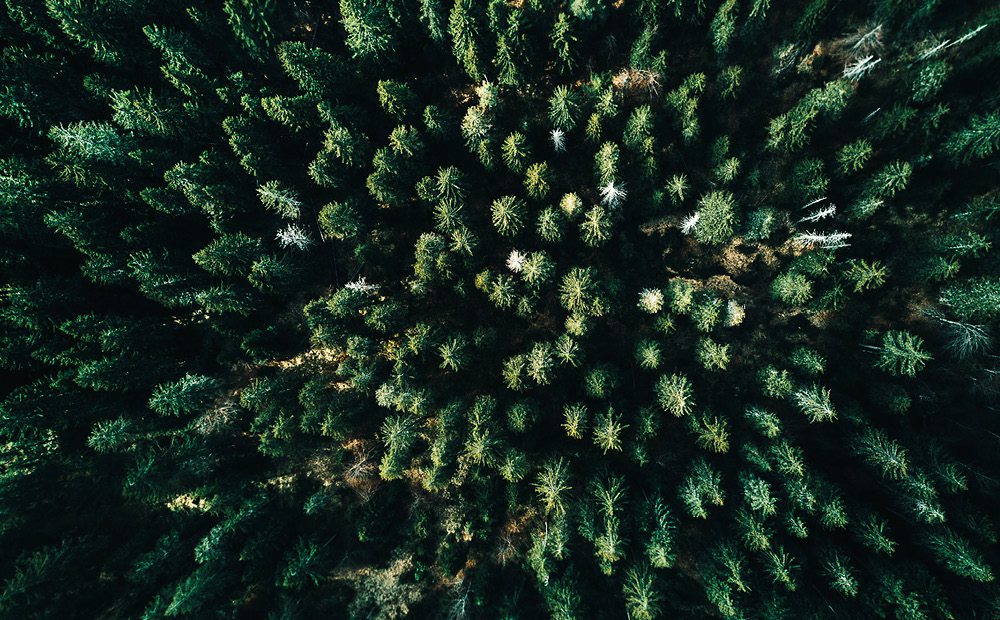
The germ cells of the DATAGROUP FOREST will have developed after 50 years and will be the foundation for a new forest, with the necessary professional care being taken by ForstBW. Healthy, diverse, and resilient. The findings will trigger other campaigns and sustainable projects and ensure that more and more viable woodland is created. The project is designed over the time periods of the forest – which means for a very long time.
We wish for the Forest of the Future to have made an impact in the future. Our dreams are clear.
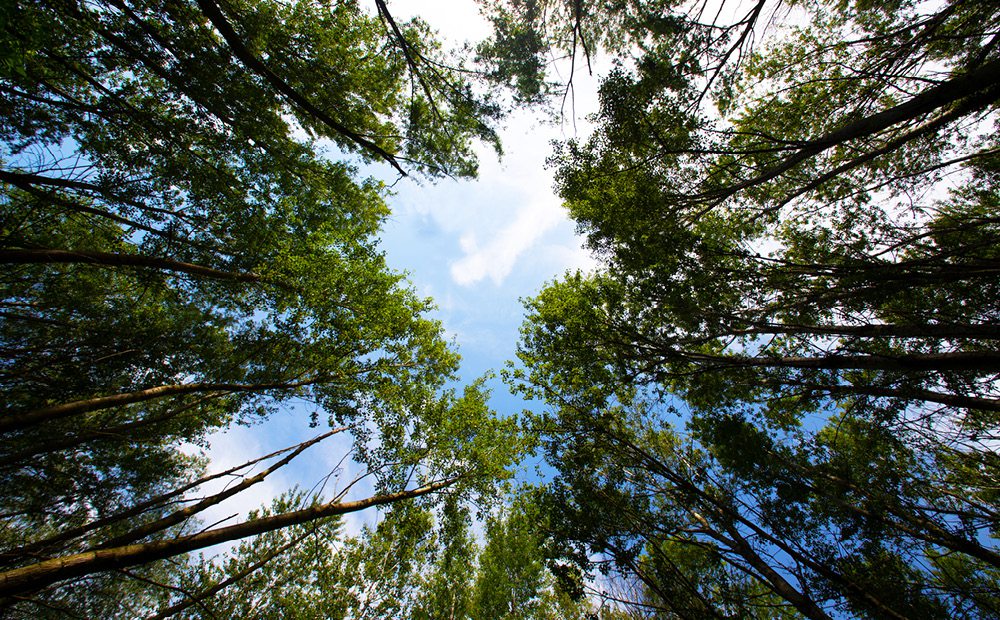
The “DATAGROUP FOREST” has created a forest. People throughout Germany and Europe undertake to preserve and strengthen the forests. Hopefully at least. But who can say for certain what the future will bring.